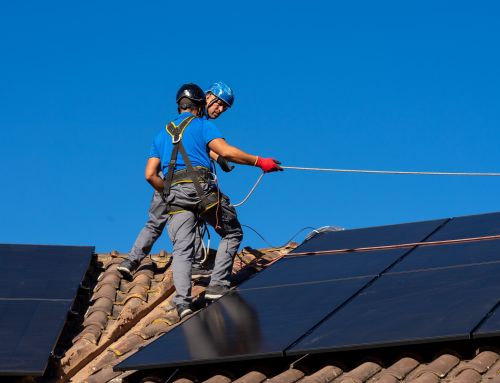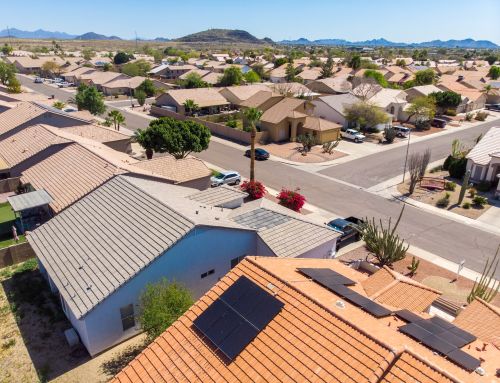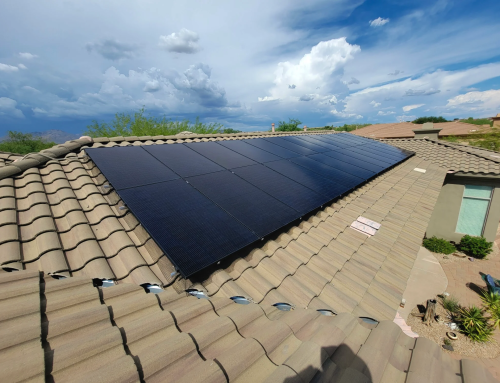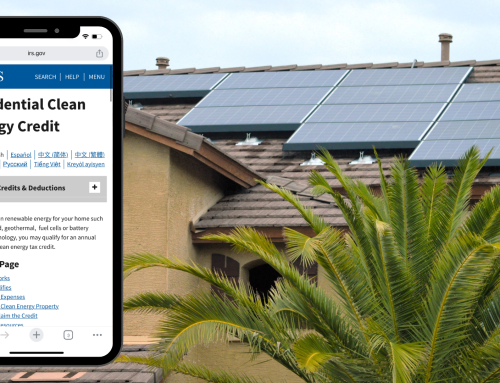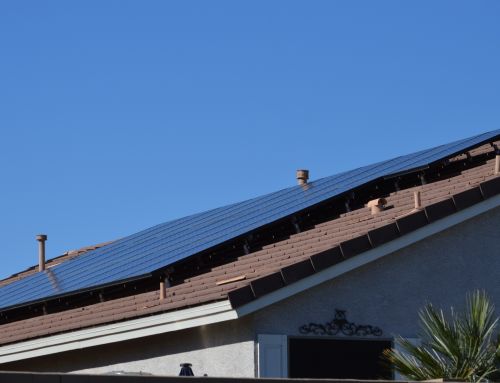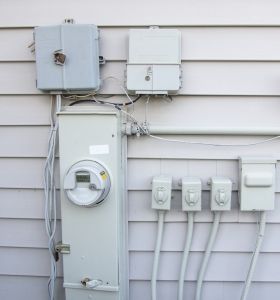 APS Is Slashing Solar Buyback Rates on September First
APS Is Slashing Solar Buyback Rates on September First
Have you been thinking about installing solar panels for your home? If you live in APS territory, you should act fast.
Every year, APS reviews its solar buyback rate—the amount you’re paid for the extra solar energy your system sends back to the grid. Under current regulations, they’re allowed to cut this rate by up to 10% every year.
They’ve done exactly that almost every year since 2017, and another full 10% drop is expected on September 1, 2025.
There’s still time to lock in the current rate! Schedule your free consultation today to get started before it’s too late.
How Solar Net Billing & Buyback Rates Work with APS
APS uses a net billing system for solar customers, which helps increase the amount of money you save with solar panels.
Here’s how it works:
- During the day, your panels typically generate more electricity than your home needs.
- The extra is automatically sent to the grid.
- A bi-directional electric meter keeps track of the power you send to the grid, and APS credits you for it.
- Your credit offsets the cost of electricity you buy from the grid when your panels are not producing power, like at night.
The amount you’re credited for each exported kWh is called the solar buyback rate. The higher your buyback rate, the more value you get from the power you send to the grid and the more money you save overall.
When you install home solar panels, you lock in the current buyback rate for 10 years.
Because APS adjusts this rate annually (with up to a 10% reduction), locking in a higher rate now can significantly increase your long-term savings.
You Can Still Lock In Today’s Rate!
To qualify for the current rate, you need to:
- Submit your interconnection application before September 1
- Complete your installation within 180 days of your application.
At SouthFace Solar & Electric, we’ve helped hundreds of APS customers go solar, and we know the process well. Our team can move quickly to submit your interconnection agreement and lock you into the current buyback rate for the next 10 years. Schedule a free consultation today to get started.
APS Buyback Rate Reduction Schedule
APS has reduced its solar buyback rate almost every year since 2017. The only exception was in 2020, when they did not lower the rate due to the pandemic.
| Year (9/1-9/1) | Rate |
|---|---|
| 2017-2018 | 12.9 cents/kWh |
| 2018-2019 | 11.61 cents/kWh |
| 2019-2020 | 10.45 cents/kWh |
| 2020-2021 | 10.45 cents/kWh |
| 2021-2022 | 9.405 cents/kWh |
| 2022-2023 | 8.456 cents/kWh |
| 2023-2024 | 7.619 cents/kWh |
| 2024-2025 | 6.85 cents/kWh |
| 2025-2026 | 6.17 cents/kWh |
Don’t Want to Sell Your Power? Store it Instead
Selling your power for utility credit is a smart financial move, but it becomes less beneficial as buyback rates go down. Once the latest rate cut takes effect, buyback rates will be less than half what they were in 2017.
If you don’t want to sell your power to APS for a reduced rate, you can install a solar battery and use it yourself instead.
How Storing Solar Power Works
Solar batteries let you store the excess electricity your solar panels generate. Then, when your panels are not producing power, you can power your home with your battery instead of relying on the electric grid.
Benefits of Storing vs Selling Solar Power
Solar panels are still worth it with lower APS buyback rates, and even more so if you have a battery.
Batteries let you:
- Maximize self-consumption and reduce grid dependence
- Avoid selling energy to the grid for pennies and buying it back at full price
- Avoid on-peak rates by using stored energy during high-demand periods
- Run your home on stored solar energy during a power outage

